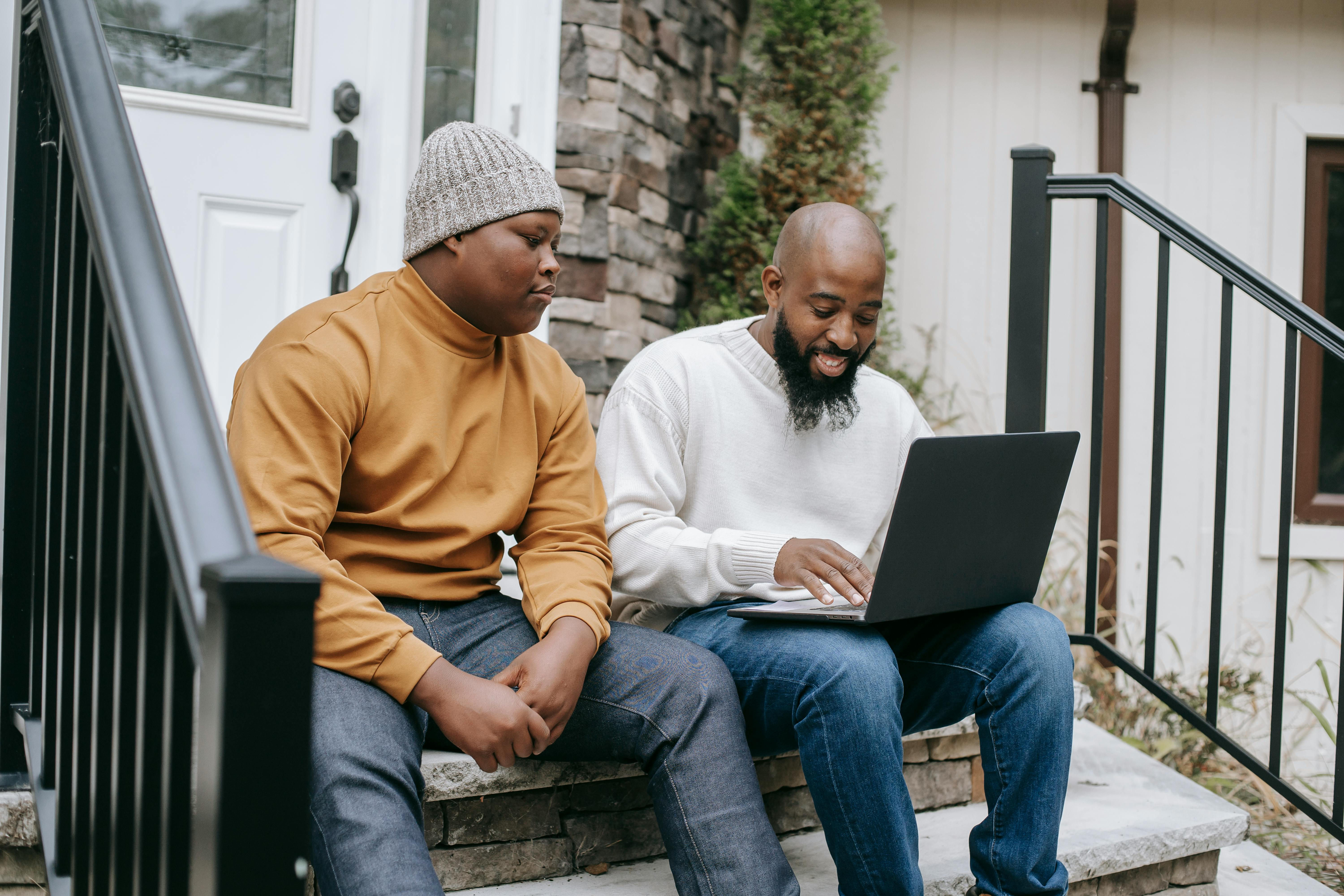There are hundreds of scriptures and thousands of written languages in the world. Some of them vary greatly in terms of visual characteristics and readability. All writing systems play a vital role in helping people learn, communicate, and create. Unfortunately, most people have not realized that the readability of a writing system correlates with its ability to found science, limiting its brain power in sequential processing of visual information.
We proposed five aspects to evaluate the scientific strength of a writing system in the recent article “The scientific strength of writing systems: the aspects”. In this article, we provide analysis of the visual characteristics of some of the major writing systems, in relation to aspects 1 through 4.[1]. They could only be informed, given my limited knowledge of most of them. We focus solely on their visual characteristics, without reference to the sounds they may represent.
Let’s start with complex Chinese characters in the east and end with simple Latin letters in the west, two extremes among the most widely used. Together, the languages written in their variants cover the vast majority of the world’s population.
1. Chinese
Due to vertical reading, Chinese characters are encased in blocks and become complex internally. Complexity is apparently not good for reading, as radicals and strokes are not easily recognized and are often neglected during reading, although a complex character can be seen clearly when in focus. Consecutive characters are not connected by themselves in larger units, although people do intend to use double or multiple character words.
Traditional Chinese has more internal complexity, while Simplified Chinese uses more multi-character words. Both suffer in the first to fourth aspects, with simplified Chinese to a lesser extent.
2. Kana
Kana, with two forms – hiragana and katakana, has its origin in Chinese characters, limiting the number and forming a set of symbols of less complexity. Still, the symbols retain some trace of Chinese characters, emphasizing internal forms, neglecting interconnection and differentiation. The strokes are not easily distinguished, reducing clarity and connectivity between symbols. Some strokes are separated, which makes the symbols less coherent units. The differences between many symbols are subtle.
Both forms suffer in the first to fourth aspects, to a lesser extent than the Chinese. Also, the mixture of hiragana, katakana, and kanji in Japanese makes reading difficult.
3. Korean
Hangul is hailed as efficient and logical. It is faithful in representing speech by using letters to represent phonemes that form blocky characters to represent syllables. The letters are relatively simple, systematizing subcomponents of the characters, a merit over traditional Chinese. But the characters still suffer from internal complexity problems. To recognize a character, you must identify several letters and apply artificial rules of their combination. Sequentiality is in question. Characters are not supposed to be connected by letters. On the other hand, they are too complex to connect with each other easily.
Systematic internal composition helps improve clarity and distinction between characters, but it’s still not good enough. It also suffers in the first and fourth aspects.
4. Arabic
Modern Arabic script is written from right to left in cursive style. Many of the letters share similar shapes. Many share a common base shape and are distinguished by the number and location of dots or other small diacritics. Letters that change in different positions actually increase the number of letters, making them more difficult to memorize and recognize. The letters are joined to make words, so efforts are needed to separate the joined letters during reading. These decrease the legibility of the letters.
It suffers less sequential problem, but suffers in the second and third aspects, while the combination of bigger / taller and smaller / shorter letters could help in the fourth aspect.
5. Devanagari
The Devanagari script, comprising 47 primary letters, some of which are a bit complex. The horizontal and vertical lines that many letters share increase the similarity between the letters, although the horizontal lines joined together help to connect the letters. As an alpha-syllabary, the script uses diacritics to denote non-predetermined vowels. That adds another dimension to consonant letters and complicates recognizability. So do joint consonants. It is necessary to pay attention to various rules and features, which increases the difficulty of reading.
It suffers from some sequential problem and it also suffers in the second-to-fourth aspects.
6. Cyrillic
The Cyrillic script resembles the Latin script, particularly in its capital form. Cyrillic uppercase and lowercase letter shapes are not as differentiated as in Latin typeface. Many lowercase Cyrillic letters are small capitals. The Cyrillic script has the same level of readability as the uppercase Latin script.
Modern Cyrillic letters have a clearly simple shape. Most of them are easily distinguished from the others. Letter shapes are rarely enlarged or modified when forming words. The letters are separated within the words, while the spaces separate the words, which shows the sequential growth of the texts.
It is good from the first to the third aspect. But it scores low on the fourth aspect, which is displayed in the lower case letters of the Latin script.
7. Latin
This article is written in Latin alphabet. Most of the texts in Latin script are in lower case. There are three segments in lowercase letters: body for all letters, ascending and descending for some. The bodies exhibit roundness characteristics, which facilitate fluent reading. The ascenders and descendants help to differentiate the letters. Letters with ascending or descending letters combined with unaided letters create subword units with enhanced recognition, which also facilitate word recognition.
Both uppercase and lowercase letters have simple shapes and evenly distributed variations. The distinction between letters is strong. Lower case is best for sequential reading, while upper case is good for emphasis.
The script works well in all four respects, particularly in written English, which rarely uses diacritics and ligatures.
Conclution
The surveyed systems show variations in all four aspects. The Latin alphabet appears to be the strongest among existing systems, laying the foundations of modern science. This survey is brief, with the aim of demonstrating our approach and being a starting point for a complex analysis.
It appears that stronger writing systems in these respects tend to support more advanced societies, given adequate population, publications, and development time. The level of advancement of a society is correlated with the level of readability of its writing system (s). The exact connection and mechanism still need further investigation.
In addition, it is unknown if there is a writing system in theory that is totally different and stronger than the Latin alphabet. Will it be invented or will it evolve from existing ones?
References
https://en.wikipedia.org/wiki/Cyrillic_alphabets
https://omniglot.com/writing/japanese_hiragana.htm
https://r12a.github.io/scripts/arabic/
–
[1] First, sequentiality; second, clarity of symbols; third, differentiation between symbols; fourth, combination of symbols. The fifth aspect (“other aspects”) is not as essential as the first four.



